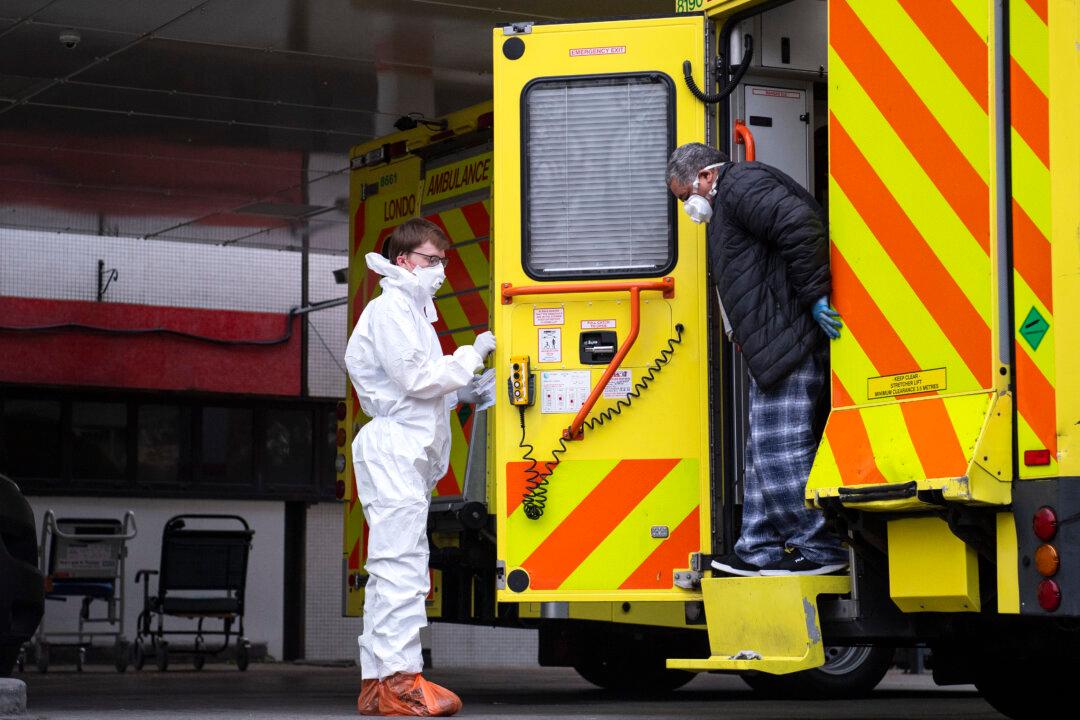The current CCP virus wave in Britain might have started to retreat, according to new data from King’s College that shows the “R rate” has dropped to one, the magic number.
That contradicts other studies published in recent days, which track infection rates via blood or swab samples, that have shown the R rate generally between 1.4 and 1.6, meaning the virus is spreading.





